Character Spotlight, History Of Comics
Captain Marvel VS Captain Mar-Vell
by Joshua H. Stulman
Captain Marvel has been the focus of controversy and legal battles ever since the debut of the first Captain Marvel in 1940! Now the subject of films by both Marvel and DC Comics this year in 2019, we’ve decided to delve into the Captain Marvel debate and peel back it’s decades of controversy.
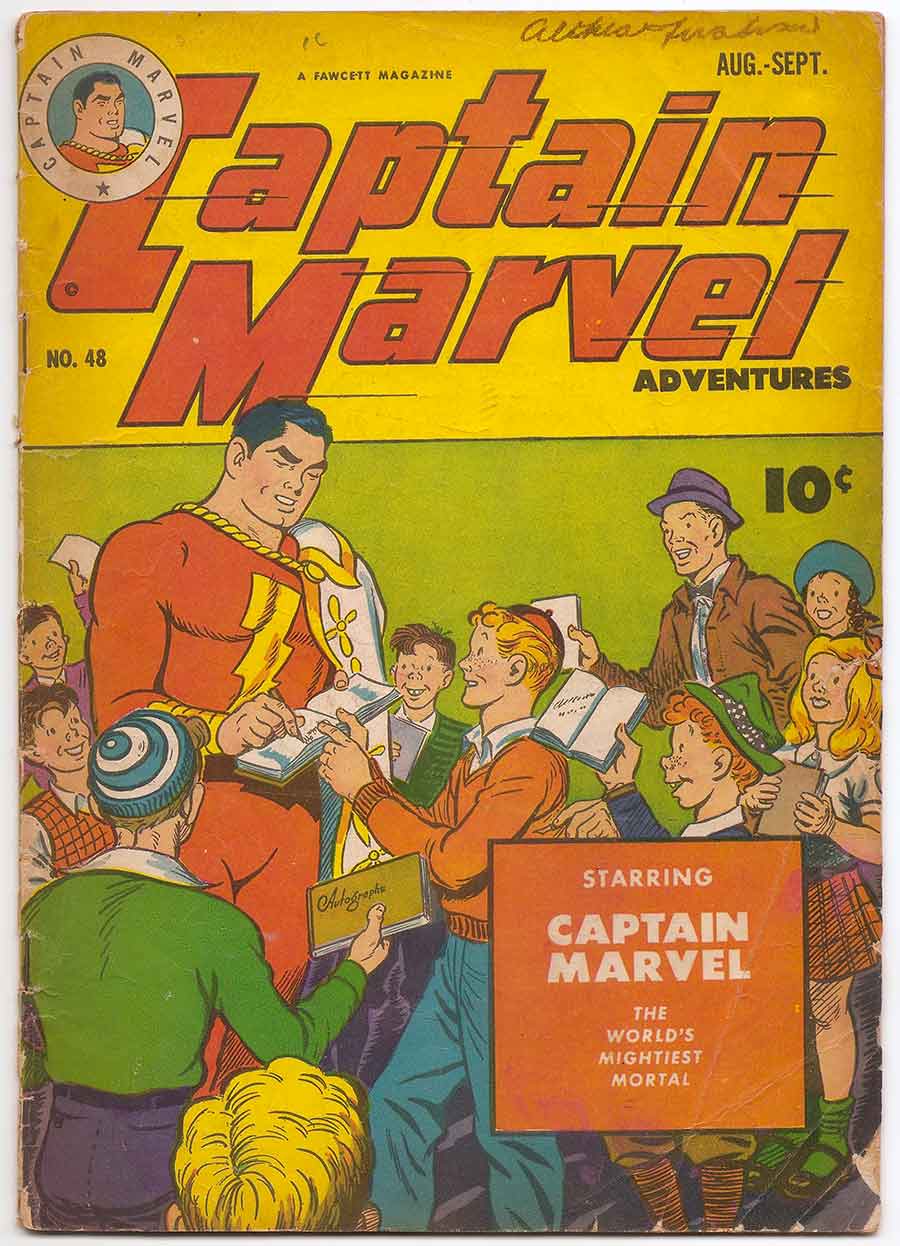
The first comic book character to be called Captain Marvel was the boy Billy Batson, who was endowed with powers by the ancient wizard, Shazam. By calling out the Wizard’s name “Shazam!,” Billy Batson would be transformed into an adult who’s powers were based on an acronym of the wizard’s name. The wisdom of Solomon, strength of Hercules, courage of Achilles, lightning of Zeus, the stamina of Atlas and the speed of Mercury.
Created by artist C.C. Beck and writer Bill Parker for Fawcett Comics, Captain Marvel was the perfect superhero for the 1940’s. Different than the adult Superman and unlike Robin, who was secondary to Batman; Captain Marvel was a boy turned super-hero who was the main star of his book. Captain Marvel’s adventures were so popular that he was featured in many golden age comics including his main titles Whiz Comics, Captain Marvel Adventures, The Marvel Family, and America’s Greatest Comics. Spinoff characters like Mary Marvel starred in Wow Comics and Mary Marvel Comics while Captain Marvel Jr. starred in Master Comics and Captain Marvel Jr. Comics. There even was cartoon character, Hoppy The Marvel Bunny that starred in Funny Animals.
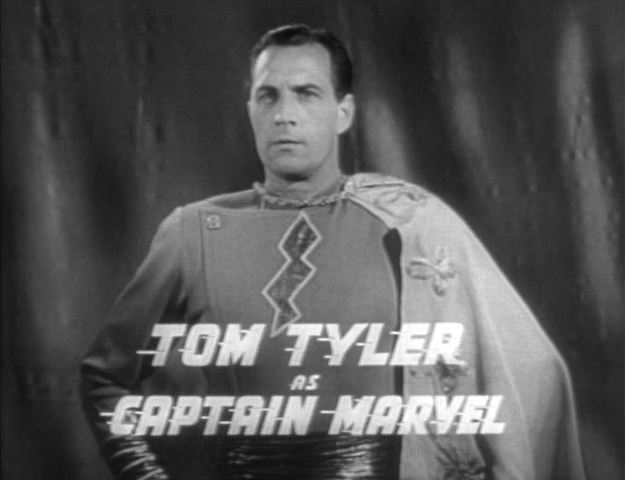
Captain Marvel was such a success that there were movie serials, feature films and radio dramas throughout the 1940’s. There were fan clubs as well as many advertising items and toys. During this time, its hard to believe now, but Captain Marvel was the top selling comic and regularly had a monthly publication of upwards of 1.3 million copies per issue. And DC Comics took note.
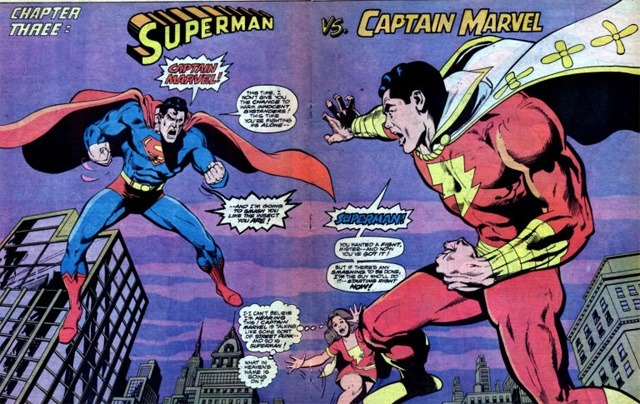
DC Comics entered into a protracted period of lawsuits over the similarities of Captain Marvel and Superman. Both were super-strong, invincible to bullets, both could fly and were super-fast and wore capes. DC had a legal edge on Fawcett because Superman was the first Super-Hero (introduced in 1938) and therefor was hard to argue against his influence. Eventually DC Comics was so persistent in legal battles that Fawcett Comics succumbed to the pressure and stopped publication of Captain Marvel in 1953.
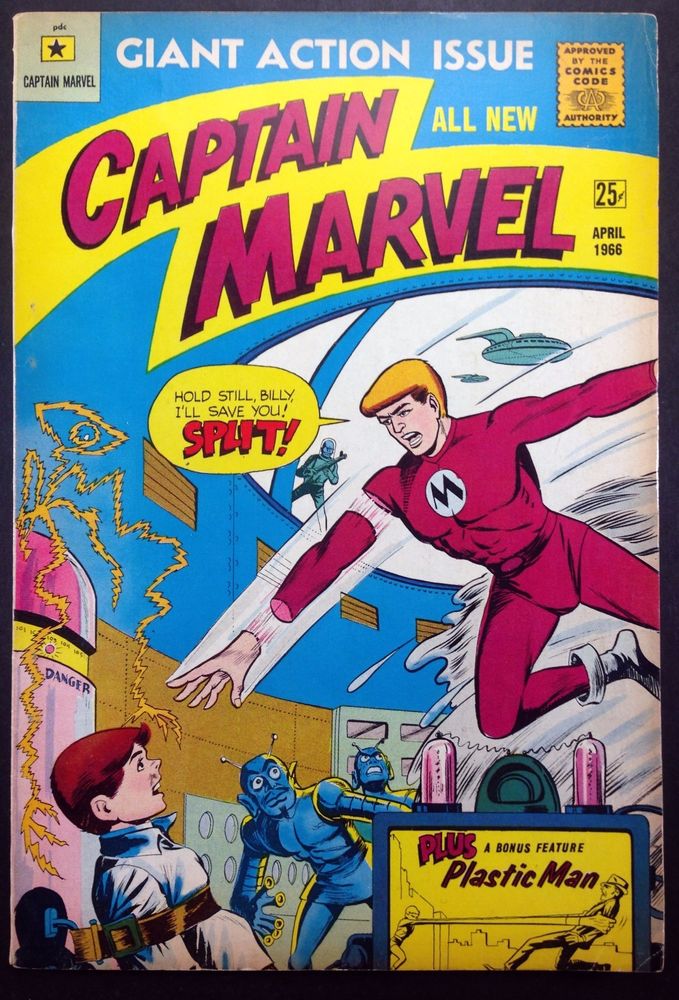
By the 1960’s Super-Heroes had seen a huge revival. A small publisher M.F. Enterprises recalled the Captain Marvel of the 1940’s and created a new character with the same name. The M.F. Enterprises version of Captain Marvel was an android robot that could split its body into moving parts by yelling “Split”. He had a human sidekick as well, Billy Baxton. However, Stan Lee objected to the use of “Marvel” and sent a “Cease and Desist” order. The M.F. Enterprises Captain Marvel ceased publication after 5 issues.
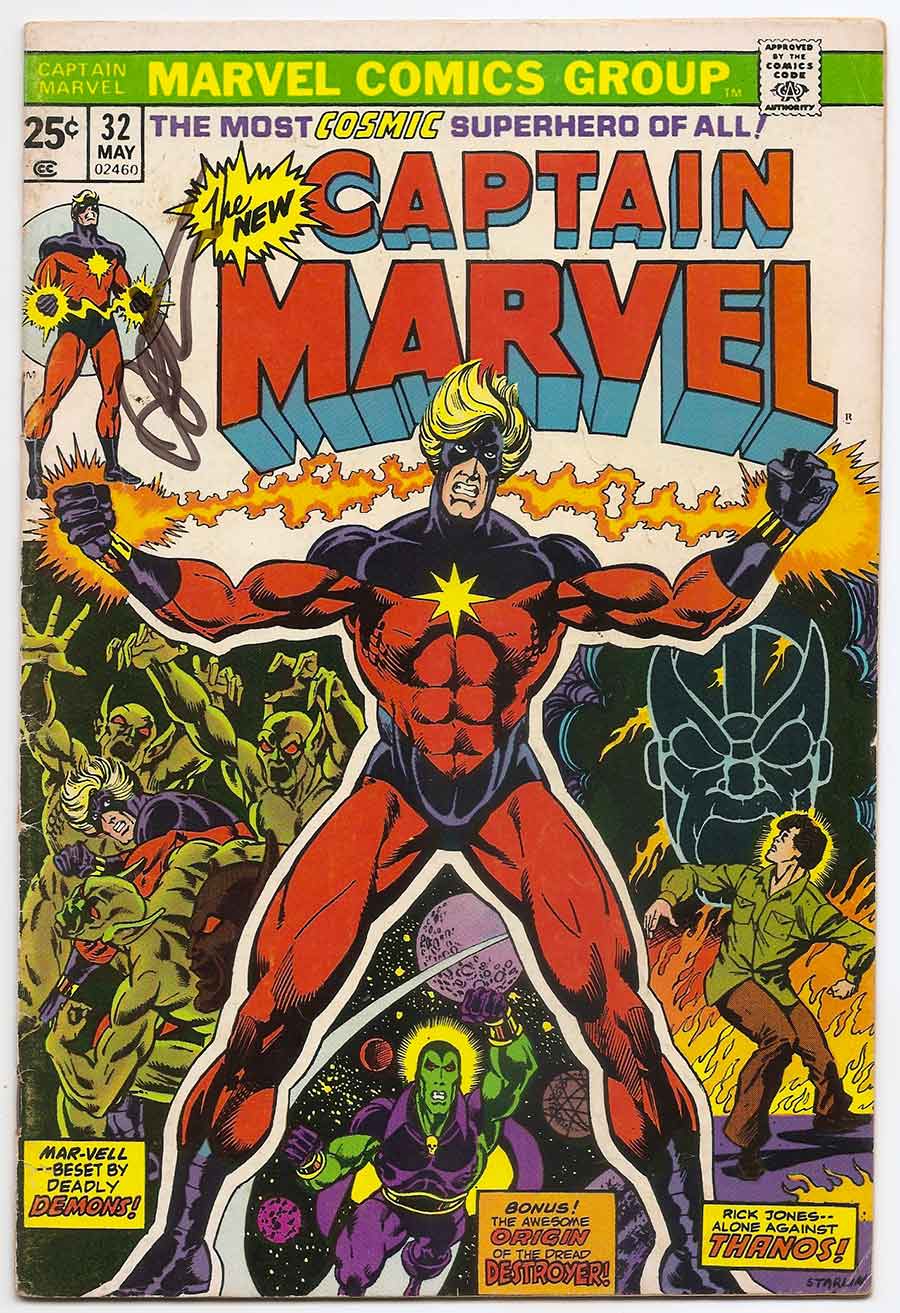
After Stan Lee’s successful lawsuit against M.F.E, he decided to trademark the “Captain Marvel” name to both secure the name recognition and history for Marvel Comics as well as prevent anyone else from cashing in on history of the character. He and artist Gene Colan developed a new Captain Marvel that debuted in Marvel Super-Heroes # 12 (1967) and later spun into a regular series, Captain Marvel (1968).
To help ease comic fan outcry, Lee explained Captain Marvel’s secret identity as Mar-Vell of the Kree alien race. A spy sent to Earth by the Kree, Captain Marvel was unpopular with fans. Roy Thomas and Gil Kane redesigned the character giving him a new costume and powers. Thomas also interlocked the character to transform from Rick Jones (sidekick to the Hulk and Captain America) in similar fashion to the original Fawcett character.
By the early 1970’s, DC Comics picked up the Captain Marvel license from Fawcett. They re-hired C.C. Beck to create new adventures and continue the history of the character from his golden age roots. Only one problem, Stan Lee and Marvel Comics threatened to sue DC Comics over the use of “Captain Marvel.” From now on DC could only call the character Captain Marvel on the inside of the comic and could no longer use the name as the title or have it appear on the cover. As a result, DC featured the character as “Shazam!” and by 2011 officially changed Captain Marvel’s name to “Shazam!”
In the meantime, Marvel Comics continued to develop their version of Captain Marvel. The series featured early appearances by both Thanos and Drax the Destroyer. After a solo series that lasted 62 issues ended, Captain Marvel was killed off as a result of cancer in a Marvel Graphic novel by Jim Starlin.
The Captain Marvel name was first spun off into a series featuring a female hero, Ms. Marvel (Carol Danvers). In the 1980’s, Captain Marvel was re-worked as a Monica Rambeau, an African-American hero who would join the Avengers. Since the 2000’s, Carol Danvers has reclaimed the title of Captain Marvel while a new character, Kamala Kahn, became the new Ms. Marvel.
Now in 2019 BOTH Captain Marvels are receiving big budget films debuting only one month apart. How will the box office react? Let’s get ready to rumble!
Check Out our great selection of both Captain Mar-Vell and Captain Marvel Comics: CLICK HERE
Joshua H. Stulman
Owner, BrooklynComicShop

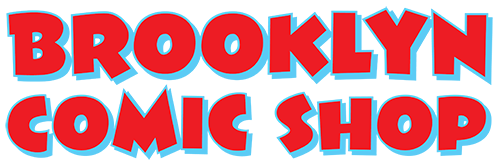
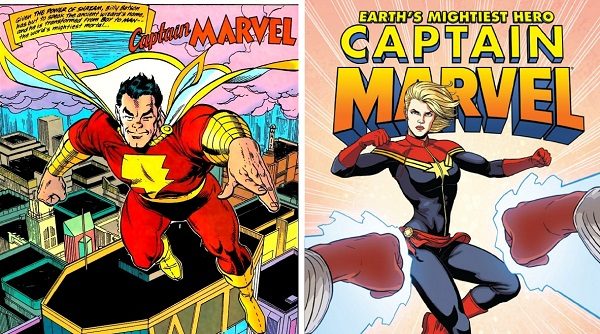
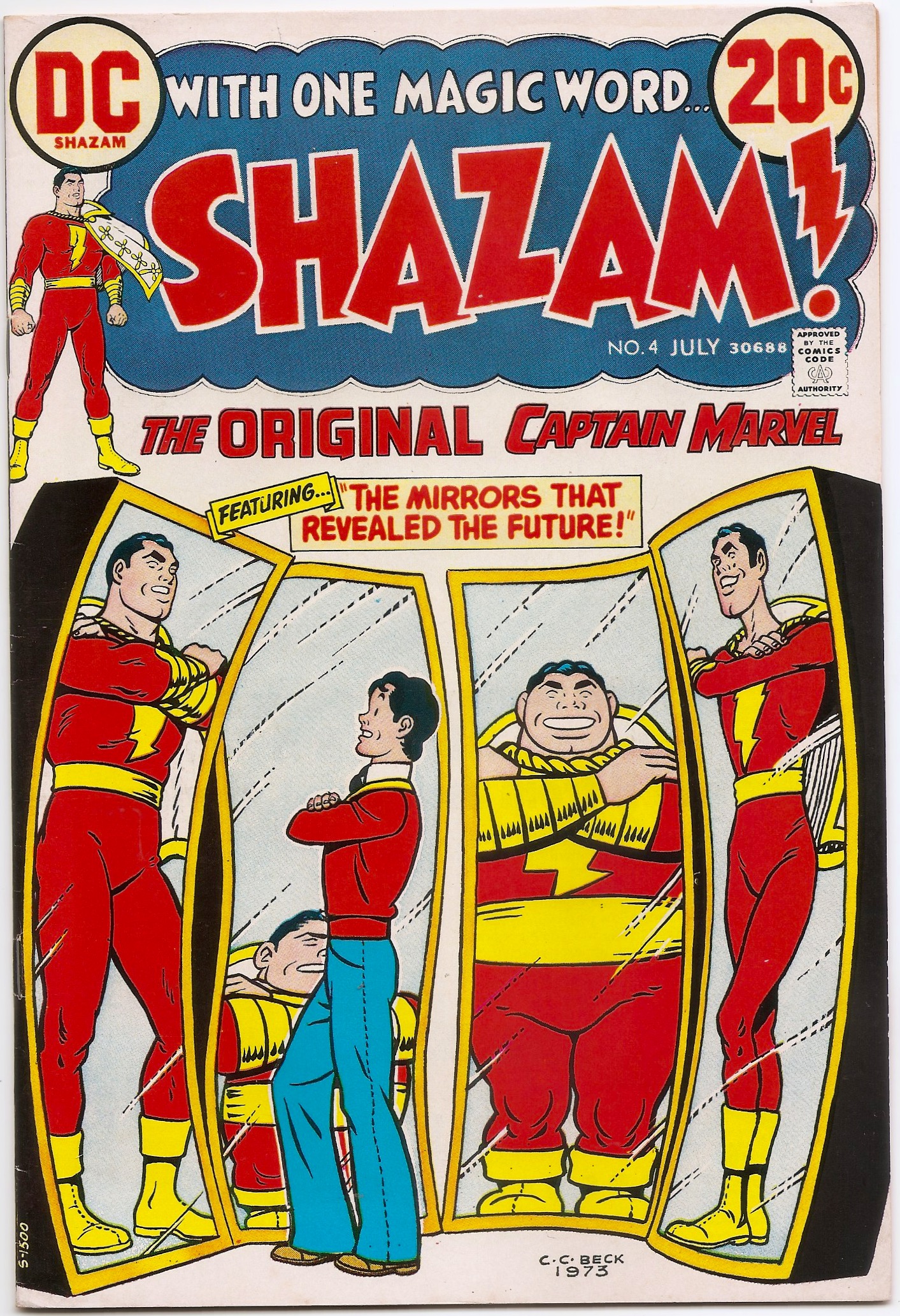

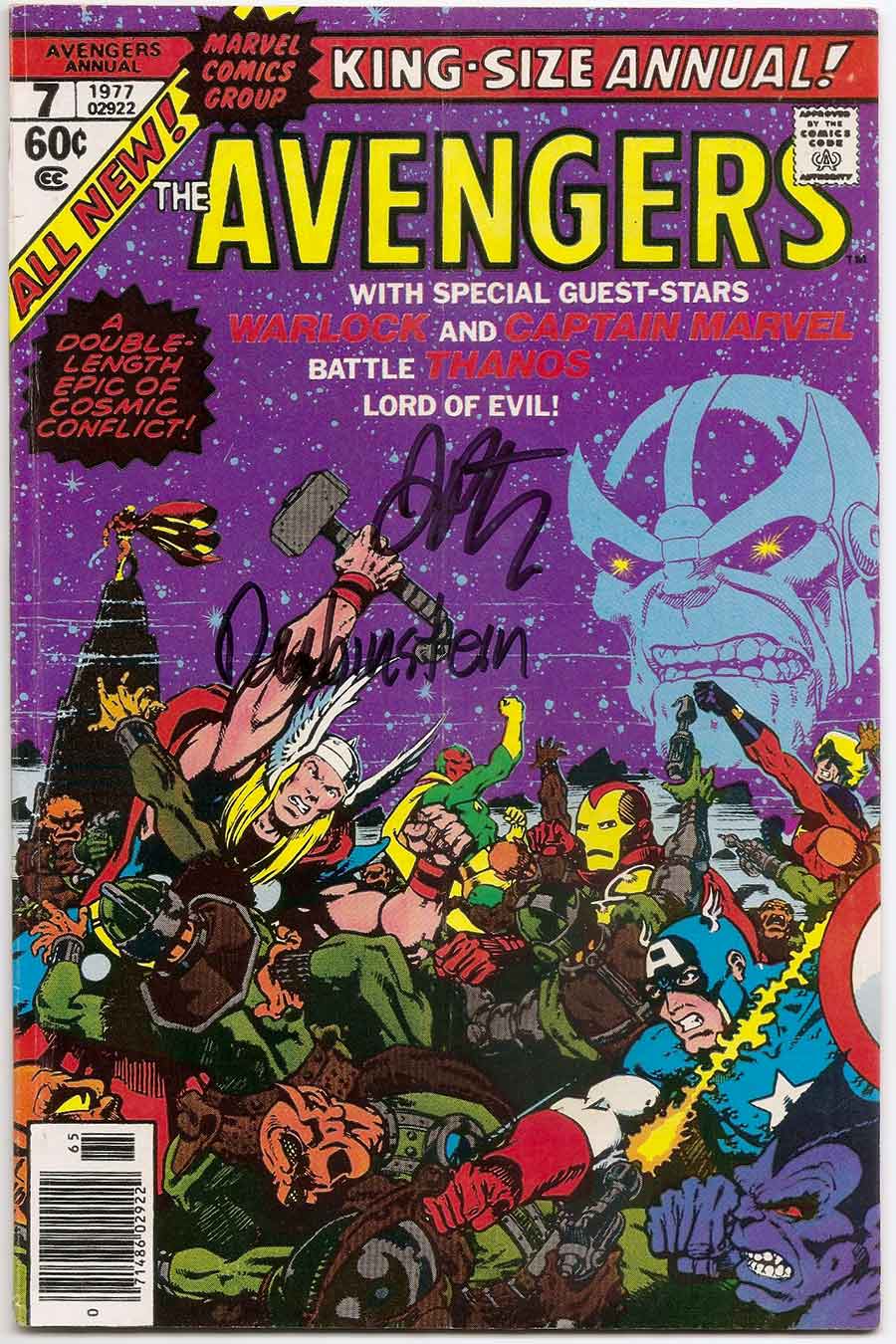
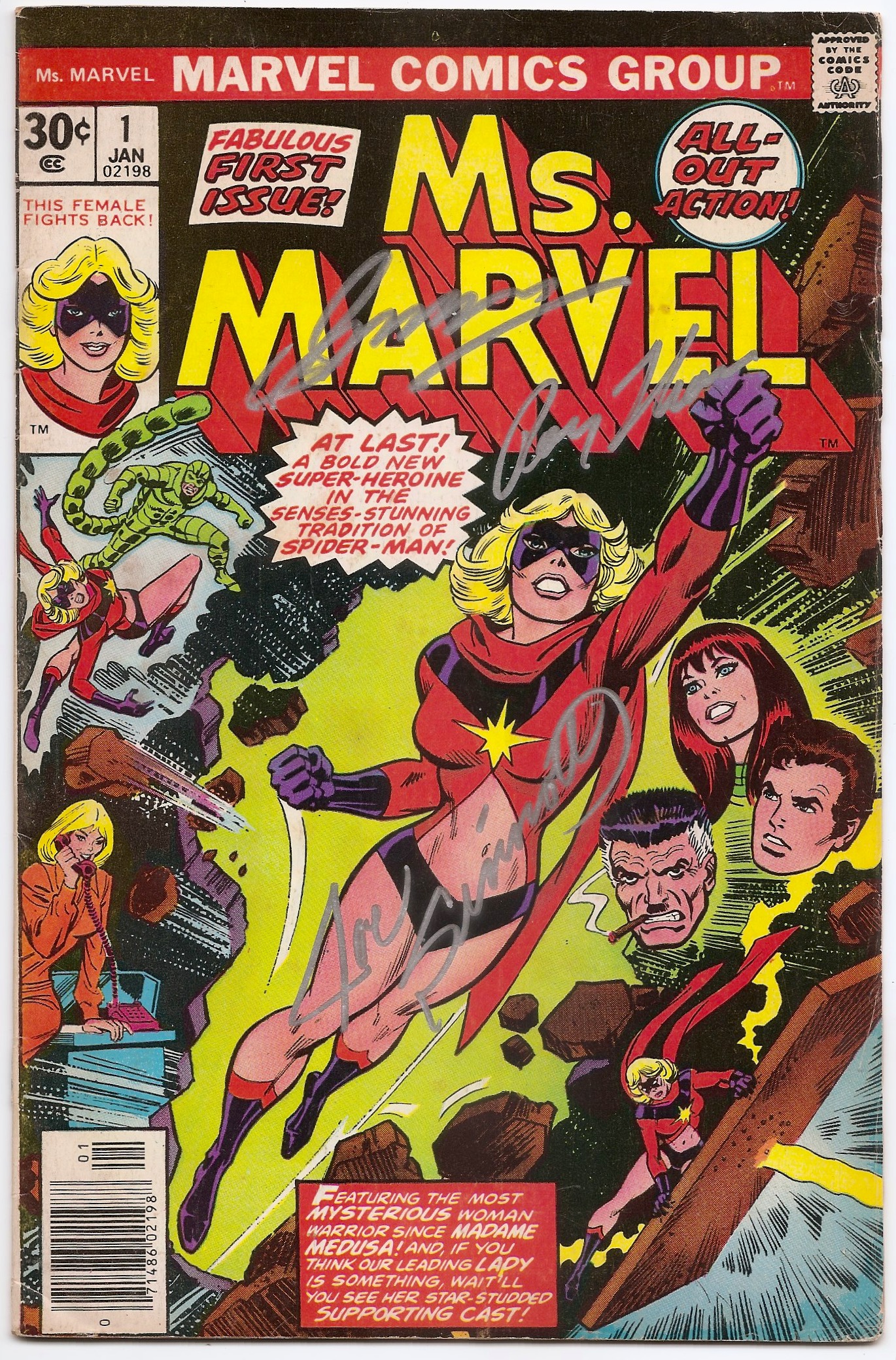

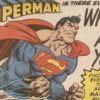






Leave a reply